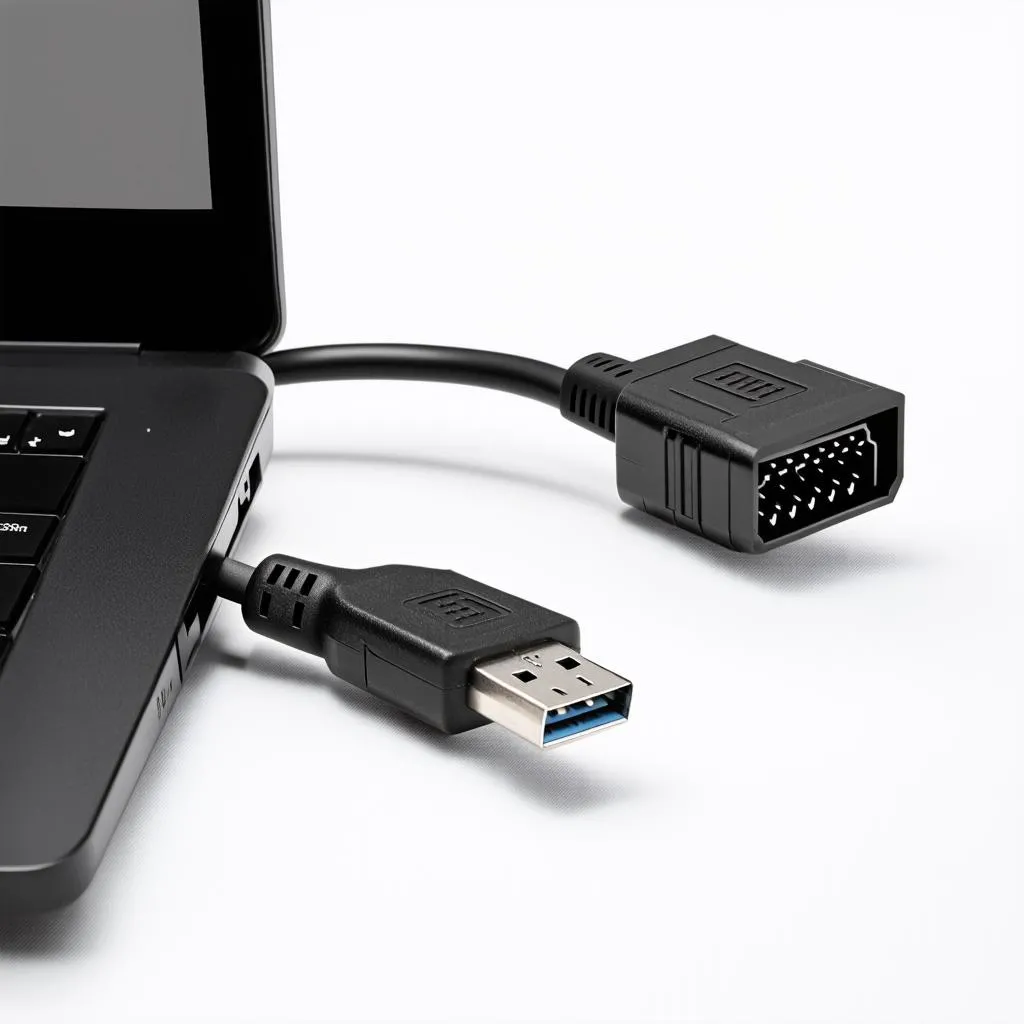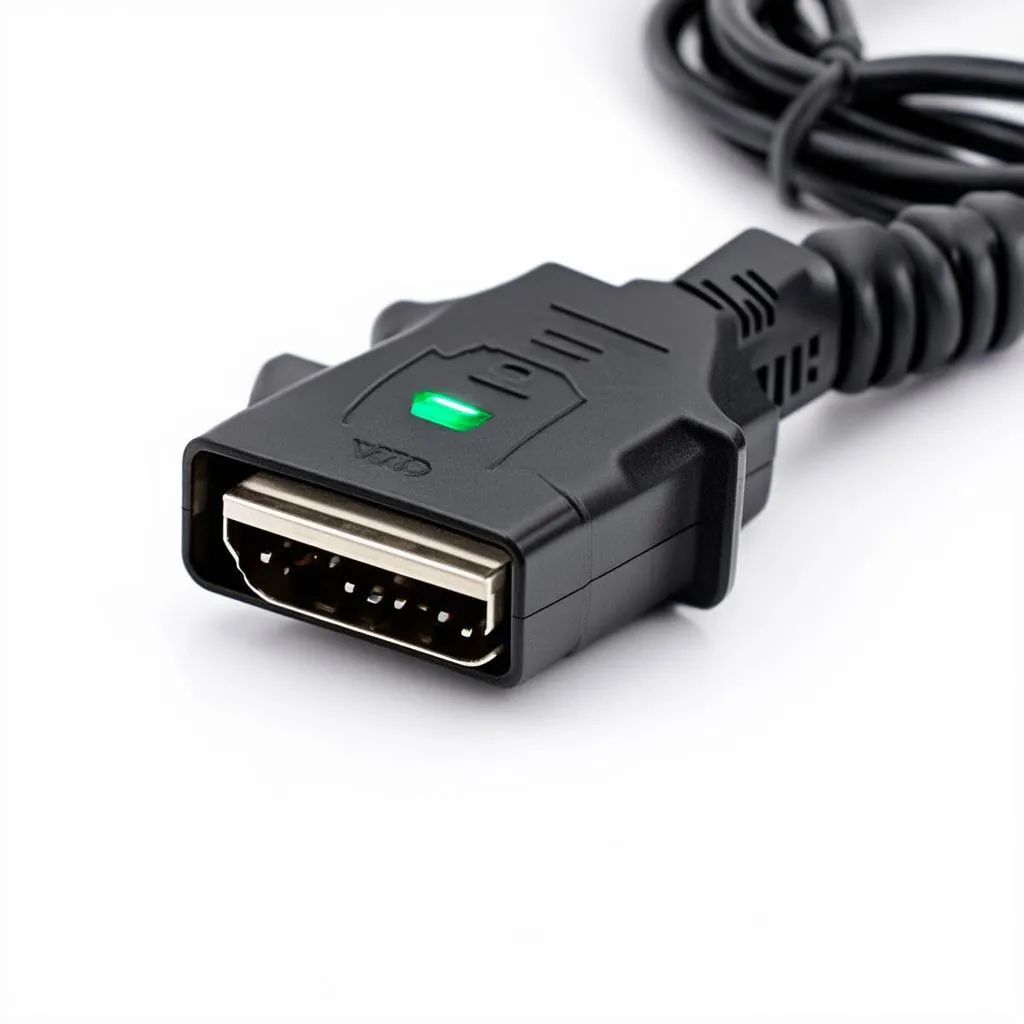VCDS readiness is a crucial aspect of vehicle diagnostics, especially when dealing with emission-related issues. It indicates the status of your car’s onboard diagnostic system and whether it has completed all necessary self-tests. Understanding VCDS readiness can save you time and money during emissions testing and help pinpoint potential problems early on.
What is VCDS Readiness and Why Does it Matter?
VCDS readiness, also known as OBD-II readiness, refers to the completion status of your vehicle’s emissions monitoring systems. These systems constantly monitor various components, like the catalytic converter, oxygen sensors, and evaporative emissions system, to ensure they are functioning correctly. Each system has a specific monitor that runs self-tests under certain driving conditions. When a monitor completes its test successfully, it sets a “ready” status. If a monitor fails its test or hasn’t run yet, it will show a “not ready” status. This information is crucial for passing emissions inspections. A “not ready” status typically means your vehicle will fail the test. Moreover, understanding VCDS readiness helps diagnose potential issues before they escalate into expensive repairs.
How to Check VCDS Readiness with a Diagnostic Tool
Checking your vehicle’s VCDS readiness is straightforward with a diagnostic tool like the Ross-Tech VCDS. First, connect the VCDS interface to your car’s OBD-II port, usually located under the dashboard. Turn on the ignition but don’t start the engine. Launch the VCDS software on your computer and select your vehicle’s model. Navigate to the “Engine” module and then select “Fault Codes.” Within this section, you’ll find the “Readiness” option. Clicking on this will display the status of each emissions monitor. This screen will show you which monitors are “ready,” “not ready,” or “incomplete.” You can refer to our article on what does vcds readiness numbers mean for a deeper understanding of the numerical representations.
Common Causes of VCDS Readiness Issues
Several factors can lead to a “not ready” status. Recently cleared diagnostic trouble codes (DTCs) are a common culprit. After clearing codes, the monitors need to run their tests again, which requires specific driving conditions. A faulty component within a monitored system can also prevent a monitor from completing its test. Similarly, a disconnected or malfunctioning sensor can also trigger a “not ready” status. Other potential issues include a low battery voltage, recent ECU updates or a malfunctioning OBD-II port. For those facing the “no rod file found” error within VCDS, our dedicated guide on no rod file found vcds provides comprehensive troubleshooting steps.
How to Set VCDS Readiness: A Step-by-Step Guide
Setting VCDS readiness, or more accurately, enabling the monitors to run their tests, often involves a specific drive cycle. While there’s no universal drive cycle, the general principle involves varying driving speeds and conditions. Consult your vehicle’s repair manual for the recommended drive cycle. In some cases, specific procedures or software functionalities might be required to set readiness, especially after ECU updates. Our guide on vcds set readiness provides more detailed instructions. Owners of 2009 Audi A4 models can find specific information in our article 09 a4 set ready monitors vcds. Remember, tampering with the emissions system is illegal. Any attempts to artificially set readiness without addressing the underlying issue can lead to further problems.
Understanding the Importance of Display Depiction in VCDS
Accurate data interpretation is key to effective diagnostics. Understanding how data is visually represented within VCDS is essential. Our article on display depiction vcds delves into the various display modes and their significance in interpreting diagnostic information.
Conclusion: Take Control of Your Vehicle’s Emissions
VCDS readiness is a vital indicator of your vehicle’s emission system health. By understanding how to check and interpret readiness status, you can proactively address potential issues and ensure your car is compliant with emissions regulations. Regular monitoring, coupled with appropriate diagnostic procedures, can save you time, money, and contribute to a cleaner environment.
FAQ
-
What does it mean if all my monitors are “ready”?
All monitors have successfully completed their self-tests. -
How long does it take for monitors to become “ready”?
It varies depending on the vehicle and driving conditions, typically requiring several drive cycles. -
Can I clear a “not ready” status with VCDS?
No, you need to address the underlying issue causing the “not ready” status. -
Will a “not ready” status always cause a check engine light?
Not necessarily, but it will usually lead to a failed emissions test. -
What is a drive cycle?
A specific sequence of driving conditions designed to trigger emissions monitor self-tests. -
How can I find the correct drive cycle for my car?
Consult your vehicle’s repair manual or a reliable online source. -
What should I do if I can’t get a monitor to become “ready”?
Consult a qualified automotive technician for further diagnosis.
For further assistance, please contact us via WhatsApp: +1 (641) 206-8880, Email: CARDIAGTECH[email protected] or visit us at 276 Reock St, City of Orange, NJ 07050, United States. We offer 24/7 customer support.


